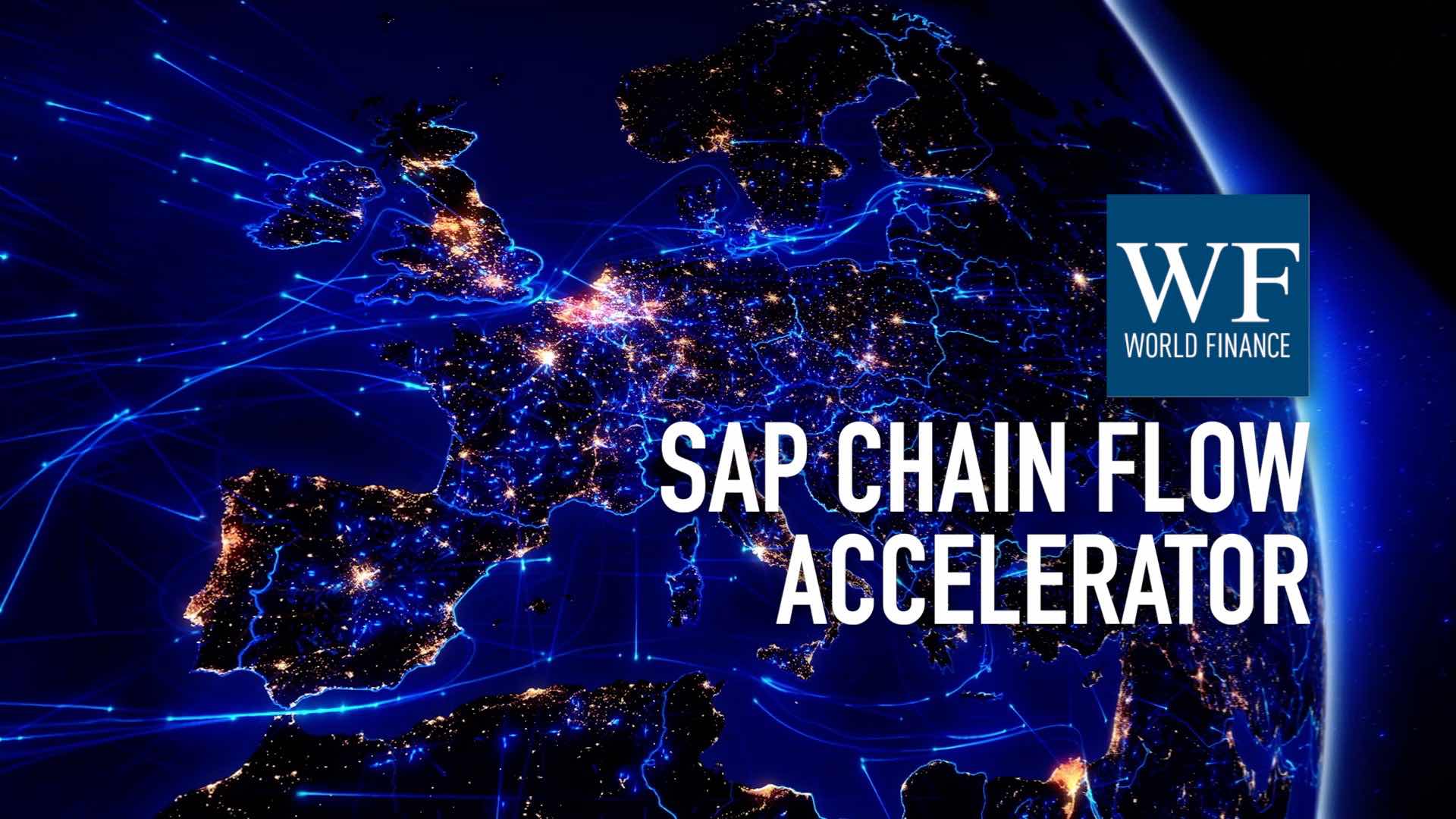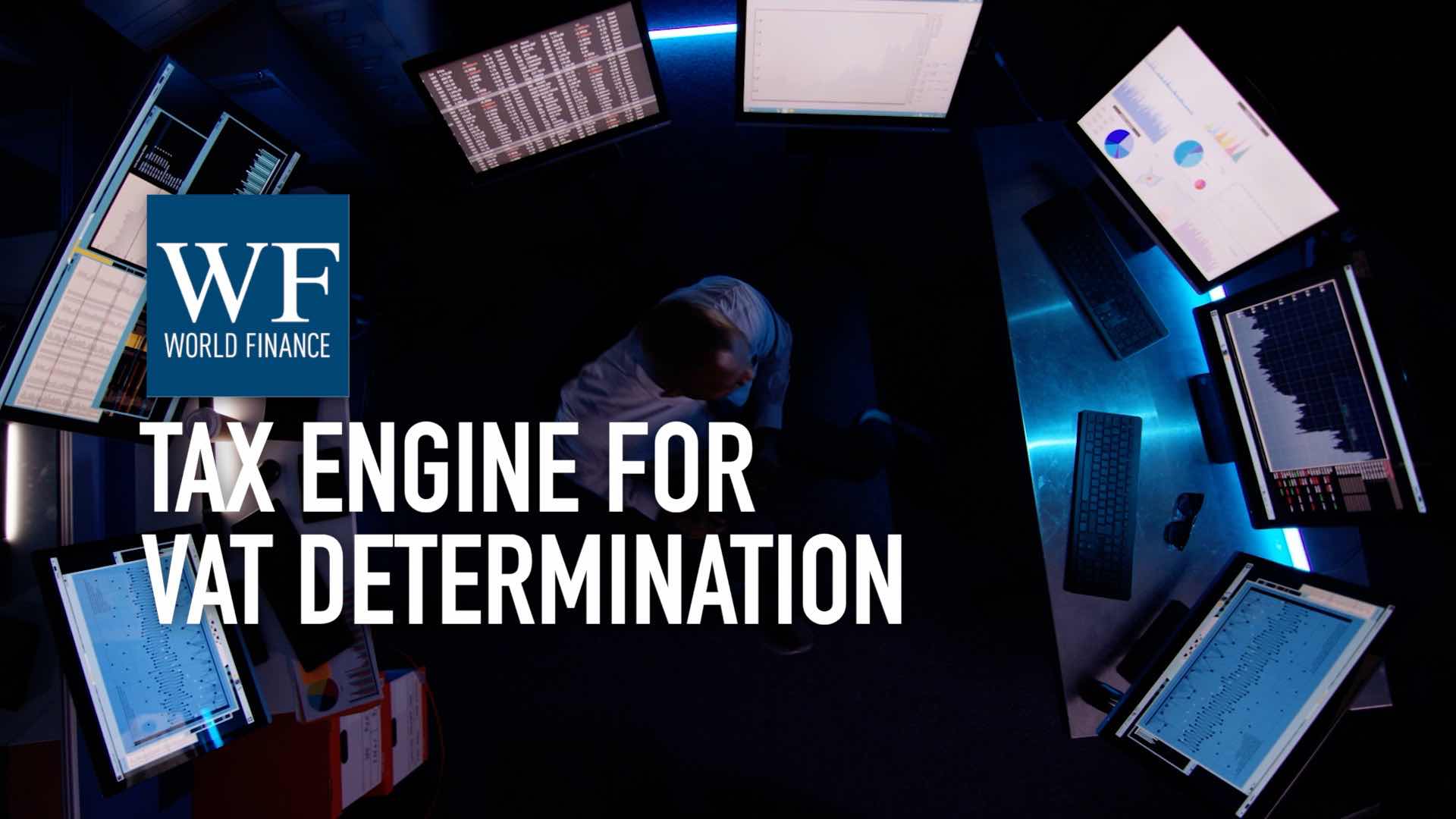Common pitfalls of tax process automation | Vertex Exchange Europe 2019
Alex Baulf outlines four key opportunities that businesses mustn't miss when automating their tax processes
Related:
Transcript
Tax technology specialists Vertex brought together tax professionals, solution experts, and its customers in Munich for its Vertex Exchange Europe event. World Finance interviewed half a dozen delegates for an update on Europe’s latest tax compliant challenges and technological advancements: you can watch them all in our Tax Automation with Vertex playlist on Youtube.
Alex Baulf: When businesses are looking to automate their tax processes, there are three or four typical pitfalls that businesses can face.
The first one is really focusing on the existing process. What’s currently done by the business; the as-is.
Often a tax process is inherited – you know, often because of a merger or acquisition, people coming and going, leaving the business. Something I hear a lot is, we’ve always done it that way. So a pitfall is, people trying to replicate that. They just try and automate a current human process using robotic process, using technology. But perhaps not really understanding why they’re doing it, and considering is there a much better way of doing it?
Another pitfall is not using the opportunity to cleanse your data. So really review the granularity and quality of that data. That could be any tax sensitive data that’s underpinning a tax process. That could be master data, a VAT registration number. Maybe that’s missing, maybe it’s incomplete. Maybe it’s not in a tax authority database.
Really use the projects as an opportunity to take a look at your data. What’s held, what’s available, what could be available? You know, can you augment that, you can enrich that, you can cleanse and scrub that? Because that will really underpin a compliant tax process.
The third pitfall is really focusing on a single tax requirement in isolation – not considering the wider commercial, legal, regulatory impact that that change to the tax process may have.
An example of that is when a business looks to automate its AP process. They may start issuing and receiving electronic invoices instead of paper. Across the globe, many countries have really strict rules on e-invoicing. That may be around ensuring the authenticity of the issuer of that invoice; but also the integrity of the contents of that invoice.
That needs to be maintained for the entire lifecycle of that invoice. That invoice must be archived for a time period prescribed by each country – they really do differ.
There also may be very strict requirements in terms of how that invoice is archived, and where. If this isn’t considered at the start of a project, what could be seen as an improved tax process may actually lead to the business not being compliant, and open itself up to penalties, fines, interest, and possibly lost input tax.
Another pitfall is when a business doesn’t take ownership of its tax policy when automating a tax process.
Often people see technology and automated process as a silver bullet: something that ensures they’re compliant, and something they can rely on. But ultimately there will be a tax policy, a decision to charge tax, the rate, the location and the timing: that needs to be signed off and approved by the tax function. Maybe a head of tax, maybe another senior accounting officer. That needs to be documented, but it also needs to be able to be articulated to a tax authority to really show how a process works, and how your policy is embedded in that new process.
Whenever you automate a tax process, this is a brilliant opportunity to really speak to your people, understand their concerns. Are there quick wins? Really understand what the requirements are. And look to improve processes, not just automate them.
Data is obviously a very key issue. Really use this project – the time, resource, and energy – to review your data. How can it be improved? This is your – I’d say – quite a unique opportunity.
Thanks for watching. Click now for more videos from Vertex Exchange Europe 2019, and please subscribe for the latest international business insights from worldfinance.com

 Vertex tax technology: Introducing SAP chain flow accelerator
Vertex tax technology: Introducing SAP chain flow accelerator Vertex tax technology: Why add a tax engine for VAT determination
Vertex tax technology: Why add a tax engine for VAT determination
